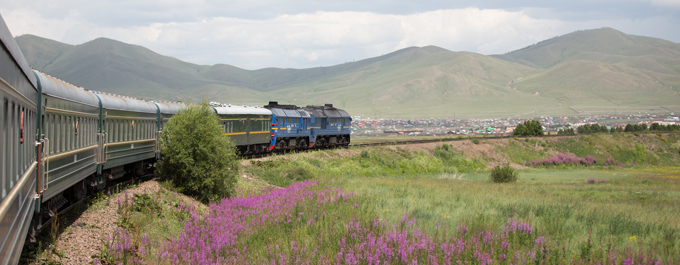Chiang Mai (new city) was found in 1296 A.D., 720 years ago By King Meng Rai, as the capital of the first independent Tai State “Lanna” (Kingdom of One Million Rice Fields). It lies in the northern province of the same name. It seems smaller and more manageable than Bangkok with a very walkable old city. We enjoyed the shopping and temple sightings and also discovered the surrounding northern area with hiking trails, hill tribes and elephant sanctuaries.

A controversial tribe to visit is the “long neck” Karen tribe. Two decades ago, an intensifying civil war between Karenni separatists and the Burmese army caused Kayar residents to flee Myanmar. Thailand granted the Kayan temporary stay under “conflict refugee” status. Some of these “misplaced people” have set up a tourist camp to make money. They have a custom of wearing long brass coils around the girls’ necks starting as young as 5 yrs of age. Is this exploitation or what? You decide.
This girl is 17 yrs old, no longer attends school, is single and has a stall selling handmade scarves and carvings in the tourist camp. She started wearing the coiled brass necklace when she was 5 yrs old and has had it off only twice since then. Admitting that it was heavy in the beginning, she chooses to wear it.
The elephant has been a contributor to Thai society and its icon for many centuries. The elephant found in Thailand is the Indian elephant, a subspecies of the Asian elephant. The Thai sacred and royal symbol was the white elephant. They are not albinos but are genetically different. White elephants are not white, they are a dusky pinkish grey. Through time elephants have been used in jungle work (teak trade) and in wartime such as in Thailand as profiled in the book “Elephant Company” by Vicki Croke. Today they are an endangered species. There are only about 4000 elephants left in captivity in Thailand and perhaps 1000 in the wild. A short distance from the long neck village is an elephant preserve where we learned about elephants, fed elephants and bathed them in the river. In turn they sprayed us with water. It was so much fun. The mahouts (lifetime caregivers) were superb and control them mostly with voice commands. All of Thailand and all travelers seem to love 🐘🐘🐘. Elephant pants, shirts, t-shirts, bags, statues and jewelry are everywhere.


Don’t miss the markets in Thailand and Chiang Mai’s Sunday market is the best.


We learned from a “master” monk today. He seemed to be in his 30’s; was charming, educated, smart, clad in orange robes with a great sense of humor and a cell phone at his side (checking the timer often). He taught us how to bow to a monk, parents and a master. Next he demonstrated wrapping his robes for going out of the temple (no shoulders showing), in the temple (right shoulder showing) and for formal occasions. This robe is an orange rectangle about 8×5 ft with a belt 1×8 ft. The cloth is left from burial shrouds and sewn together in squares and rectangles to resemble rice paddies. He has three of these. Thailand has only male monks and female nuns. Most boys become monks for a short period of time and that is one of the best ways to educate children at no cost to families. The most important thing for a Buddhist is to do no wrong, do good and have a clean mind. He emphasized that intention is critical. Monks rise at 4:30 am, chant, meditate, and collect alms for breaking their fast. Next they go into the community for service from 8-5 pm, eat, chant, meditate and retire. Very impressive young man.

Novice monks 
Master





That sounds like so much fun hanging out with the elephants!
It definitely was a blast!